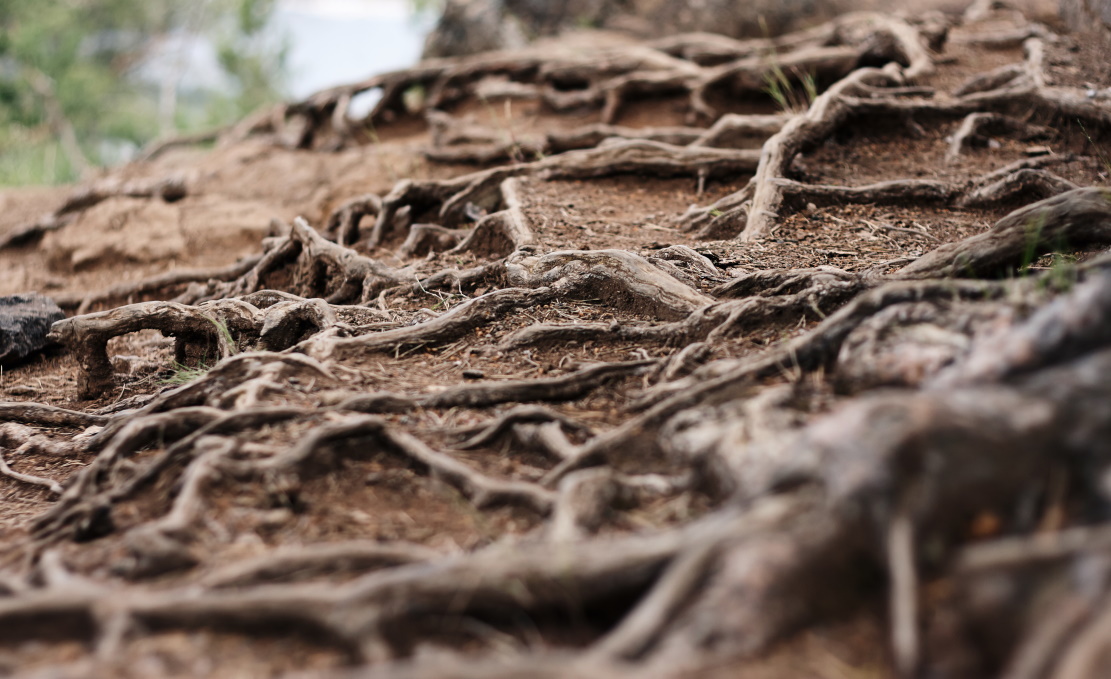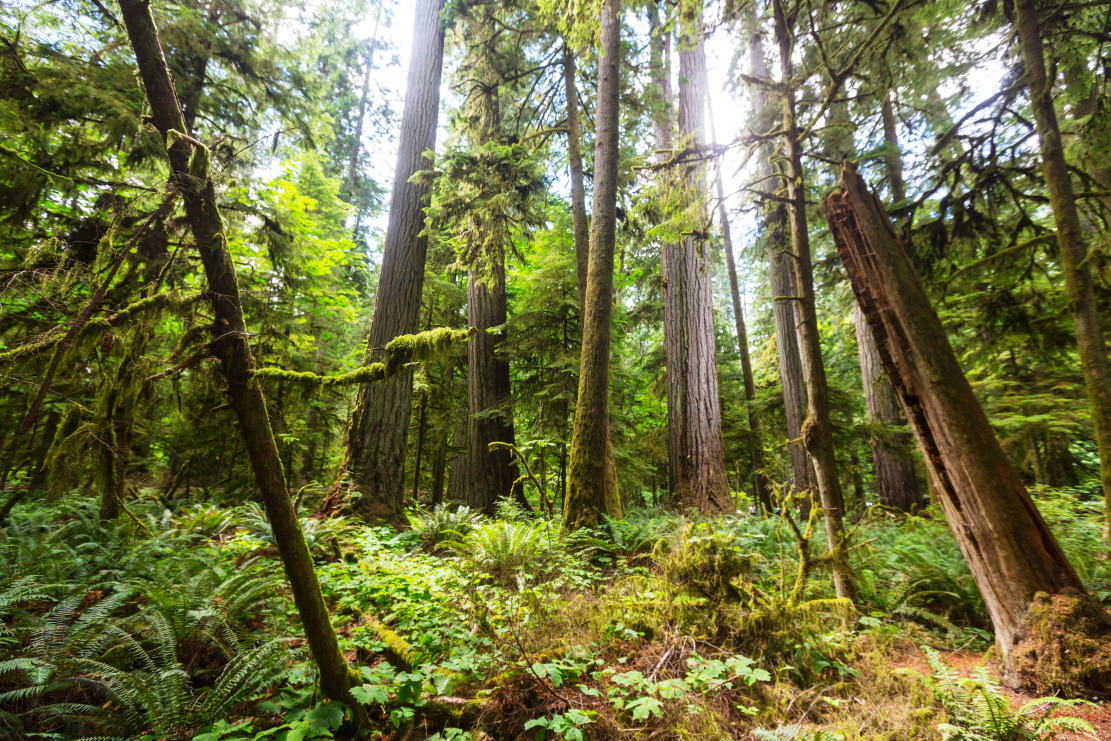Soil sits at the heart of nearly every major challenge humanity faces, from food, water and energy security to climate change, biodiversity loss, human health, and the delivery of vital ecosystem services. But, soil itself is increasingly under threat. As these pressures intensify, soil security has become a global priority in its own right. Yet despite its critical role, there are still gaps in how we understand, study and manage soil. Too often, soil research fails to reach the land managers, policymakers and communities who need it most. At the University of Sydney, Professor Alex McBratney and his colleagues are working to change that. They’re leading the development of the Soil Security Assessment Framework, a new approach that considers not just what soil is, but what it does, how it’s valued, and how it’s governed. By defining five interconnected dimensions of soil security, the team is helping to shape a more strategic, outcome-focused research agenda, designed to translate scientific insight into practical actions. More
Soil is a finite and fragile resource. It forms slowly over thousands of years, yet can be lost or degraded in a matter of seasons. Its capacity to store carbon, retain water, support crops and biodiversity, and cycle nutrients underpins the stability of terrestrial ecosystems, and, by extension, human wellbeing. But soil is under increasing pressure from intensive agriculture, land degradation, urban expansion and climate change. These threats are global, and they are accelerating.
Despite its importance, soil continues to be poorly understood, under-monitored, and undervalued in both science and policy. While major advances have been made in measuring and modelling soil processes over the last few decades, much of this knowledge remains fragmented. Research often focuses on individual components, like nutrient cycling or erosion, without adequately connecting them to the wider environmental and social systems in which soils function.
This disconnect limits our ability to translate science into action. Even the strongest soil research with precise measurements or detailed models can fall short of informing land management, guiding investment, or shaping policy.
The result is a growing need for research that’s not just scientifically rigorous, but functionally useful. That means asking different kinds of questions, and designing studies that lead to clearer, more actionable outcomes. To support this, Prof. Alex McBratney and his team have developed a structured Soil Security Assessment Framework that brings together five key dimensions of soil security: condition, capacity, capital, connectivity, and codification.
There are many ways to describe the role of soil, its function, its performance, its value, and the urgency of protecting it. But while a wide range of concepts and indicators exist, they are often fragmented or narrowly defined, shaped by the specific needs and values of those using them. Whether it’s agricultural productivity, ecosystem services, or soil health, definitions vary, and agreement on how to measure or apply them is often elusive.
The Soil Security Assessment Framework offers a more unified approach. At its core is a clear, actionable definition of soil security. The team defines it as the maintenance and improvement of the world’s soil resources to produce food, fibre and fresh water; contribute to energy and climate sustainability; and help maintain biodiversity and the overall protection of ecosystem goods and services.
This definition anchors the framework in real-world outcomes, linking soil management directly to the pressing global challenges we face. It also makes soil security measurable, offering a shared foundation for research, policy and practice.
The framework does not seek to replace other concepts, but rather to situate them within a more integrated system. Each of the five dimensions offer a distinct lens through which to understand soil. But they become most useful when combined and considered together.
Condition describes the physical, chemical and biological state of the soil. But it’s more than just a health check. Condition connects directly to how well a soil performs essential functions, like nutrient cycling, water retention, and supporting plant growth. Importantly, it can change quickly with degradation or improvement, making it a critical target for monitoring and intervention.
Capacity, on the other hand, describes inherent soil properties formed over longer time periods, properties that are not readily changed, like soil thickness, or the ratio of sand to clay. These properties can enable or limit a soil’s ability to continue performing key functions into the future. Capacity quantifies the ability of the soil that exists currently, while an additional concept of capability combines capacity and condition to reflect the ability of the soil if given the right intervention.
The capital dimension focuses on recognising soil as a form of natural capital, something that holds real economic value. By valuing the benefits soil provides, we can ensure it isn’t overlooked in decisions that affect land, livelihoods or long-term sustainability. Framing soil as natural capital also allows comparisons with other forms of capital, like water, infrastructure or financial systems.
Connectivity focuses on how people understand and relate to soil, because those who know care, and those who care take action. This dimension reflects not just scientific literacy, but also cultural, social, and even spiritual connections to the land. It recognises that soil knowledge comes in many forms, from education and outreach to lived experience and stewardship. Stronger connectivity among landholders, farmers and communities can lead to better soil management, helping to improve both its condition and capital over time.
Finally, codification situates the other dimensions in governance. It focuses on the policies, regulations, guidelines, and legislation that determine how soil is protected or exploited. Codification is about formal recognition, and without it, even the best scientific insights can struggle to translate into real-world actions.
Crucially, the dimensions cannot be considered solely in isolation. They are dynamic and deeply interrelated. Improving condition and capacity can enhance capital; increasing connectivity can lead to better codification; and supportive codification can incentivise better land management, thereby improving condition. The framework acknowledges that soil exists at the intersection of nature, society, and economy, and offers a structured way to work across those boundaries.
By bringing these dimensions together, the Soil Security Assessment Framework provides more than just a diagnostic tool. It’s a strategic guide, helping scientists, policymakers and land managers work towards soils that are healthy, resilient, valued and protected for the long term.
The team outline three ways the Soil Security Assessment Framework can guide research design.
First, it helps refine research questions. Instead of starting with a broad or abstract idea, such as ‘improving soil health,’ researchers are encouraged to ask: which dimension of soil security does this relate to? What outcome is being targeted? And what indicators or data are needed to support that goal?
Second, it helps identify the right methods and collaborations. For example, a study focused on connectivity might involve surveys, interviews or behavioural science, tools not traditionally associated with soil research. Similarly, a project examining codification might benefit from legal expertise or policy analysis.
Third, it helps structure how results are interpreted and shared. By situating findings within the framework’s dimensions, researchers can communicate their work more clearly to stakeholders, including those outside the scientific community.
This clarity matters. Because when research is framed around real-world outcomes, it’s easier for decision-makers to use and more likely to lead to lasting change.
The ultimate goal of this approach is to build a more purposeful soil research agenda, one that is responsive, focused, and aligned with the challenges and opportunities facing humanity.
That doesn’t mean abandoning fundamental science. But it does mean designing research with an eye toward application, ensuring that studies produce knowledge that is not only new, but also usable.
It also means supporting interdisciplinary collaboration. The Soil Security Assessment Framework encourages work that cuts across ecology, agronomy, economics, sociology and governance, reflecting the fact that soil is embedded in every aspect of how we live.
This kind of research agenda is urgently needed across the globe. Soil is central to climate resilience, food security, biodiversity conservation and sustainable development. Yet too often, soil is treated as a background variable rather than a strategic priority. By reframing how research is designed, conducted and communicated, the Soil Security Assessment Framework offers a way to shift that dynamic.
Soil science is entering a new chapter defined by direction and purpose as well as discovery. Prof. Alex McBratney and his team are helping to lead that shift. By using the Soil Security Assessment Framework to guide applied research, they’re turning complex data into meaningful insight, and meaningful insight into practical action.
Their latest work shows that when soil research is structured around real-world needs, it becomes more accessible, more impactful, and more valuable to the people and systems that need it.
In a time of accelerating environmental change, soil must be recognised as a living, dynamic system critical to our future. And it requires targeted research, actions and stewardship. The tools and approaches outlined in the team’s work offer a roadmap for making that happen. And they remind us that securing soil is not just a scientific task, it’s a collective responsibility.







